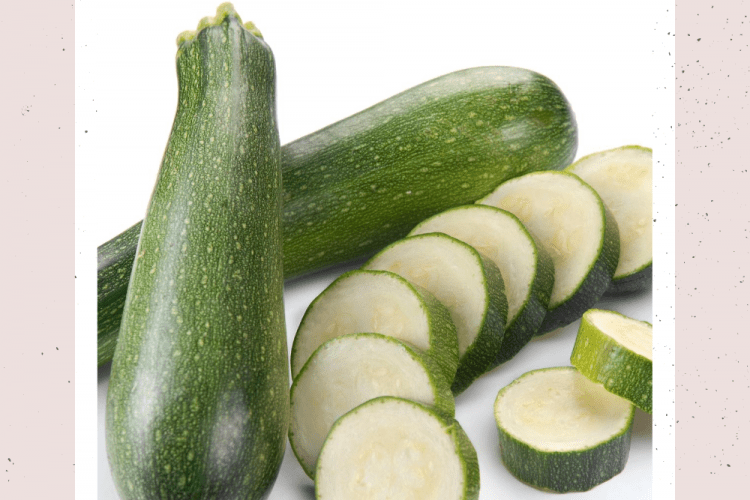Many first time gardeners start by growing courgettes that’s probably because they are pretty easy to grow.
Courgettes are similar to growing marrows, squashes and pumpkins as they all belong to the same family and all need the similar growing conditions.
Sowing courgette seeds:
Courgettes and marrows are raised from seeds. You can either sow them directly into the ground where you want to grow them – though you may find that the seeds can rot. My favourite way to start growing courgettes is to start them off in pots in the greenhouse or in a cold-frame or on your windowsill. Fill some 3” pots up with multi-purpose compost and water them, then sow 1 seed per pot.
The seeds are very quick to germinate; they only take about a week. So sow them at the end of April indoor and you can sow them outdoors at the end of May.
The method you choose to growing courgettes depends on the type of soil you have in your garden and your local weather conditions. But many gardeners find that raising courgette plants indoors – and only planting them out once the danger of frost has passed – usually produces an earlier and a more reliable crop.
Planting Courgettes
Courgettes and marrows like a humus rich soil and dig in plenty of well-rotted manure or compost into the ground before planting. It’s best to start growing courgettes in a sunny spot that is well protected.
You can plant out your courgettes in May – you’ll need about 36” between each bush plant. For trailing marrow varieties you’ll need around 48” around each plant. You will need to harden off the courgette plants before planting outside.
Dig a hole and place the young courgette plant into it. Fill it around with soil and firm the soil around the courgette plant and water in.
If the weather is still cold you can either put a surround around them (like in the photos) this will give them warmth. You can use an old bucket and cut the bottom off or anything else you can think of. You can also use a plastic bottle and cut the bottom off and take the lid off as well – as otherwise, the plant will cook. Or just place some fleece over it.
You will need to protect the young plants from slugs and snails. You will need to water the courgette plants often especially in hot dry weather and when the fruit starts forming. Place grass clippings around the plant to stop weeds and it will also help to retain moisture in the soil.
Also, feed the plants with some chicken pellets so that it will continually produce plenty of fruits for you.
The courgette plants produce male and female flowers, the courgettes only form on the female flowers. Insects help with pollination, but if the weather is cold then you might find that the fruits on your courgette plants are not setting. If this happens you need to help pollination; remove a male flower by cutting it off and insert the male flower into the female flower – this is known as hand pollination. The male flower has just got a thin stalk the female flower has a tiny courgette behind it.
Harvesting:
Once the plant starts cropping they will suddenly grow very quickly. You will need to pick the fruits every other day if you want courgettes – courgettes are ready to pick when they are between 4 and 6”. If you want marrows you can leave the fruit on the plant to grow bigger to about 12 to 15”.
You can use a sharp knife to cut the fruits from the plant. Don’t be tempted to twist or pull the fruits off, you will damage the courgette and can also easily damage the whole plant.
Growing Courgettes Tips:
- The only real difference between a courgette and a marrow is that the fruit of the marrow has stripes while the courgette usually hasn’t.
- Courgettes are usually in light or dark green but are also available in yellow.
- You only need 1 or 2 plants for the average family.
- There are oblong and round golf ball varieties.
If there is one easy vegetable to grow then that’s courgettes. So if you are a complete beginner then I would recommend that you start growing courgettes in your vegetable garden.









